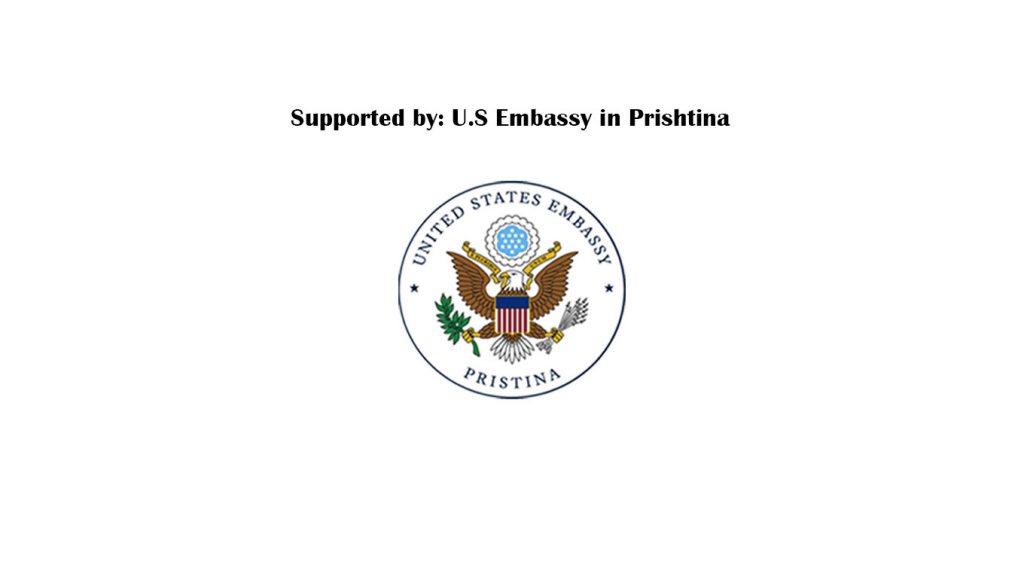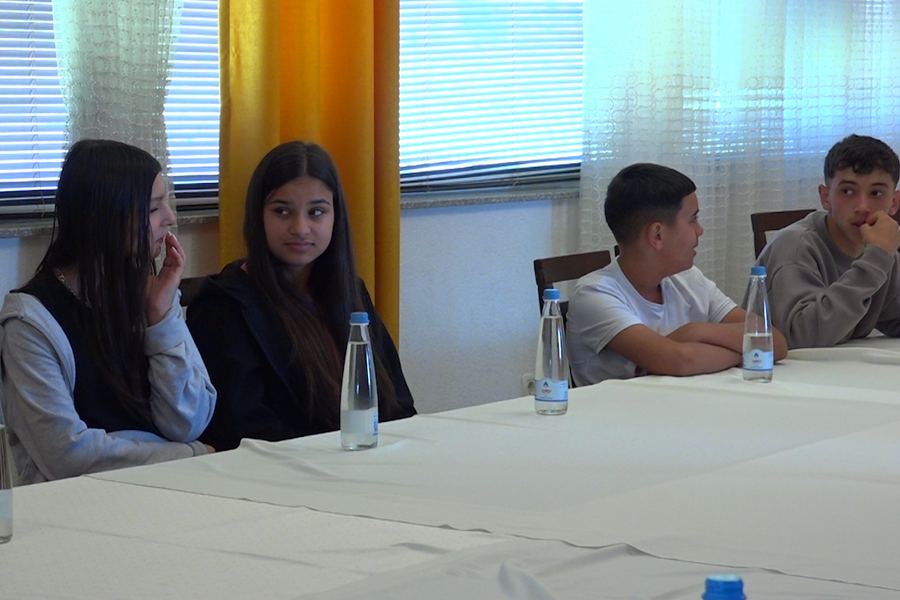“Hashim Thaçi has come to Kosovo”, “The Serbian army will enter the territory of our country”, “Monkey pox has spread in Kosovo”, “Honey cures cancer”, are some of the false information that the students of the non-majority community of the “Gëzim Hamza Piktori” elementary school in Rahovec have come across in the media and social networks. They show cases where they have read such news in various media, which they believed and which caused fear.
In order for children from the Roma, Ashkali and Egyptian communities to learn from experience how not to fall prey to fake news and develop critical thinking, a media education training was held today.
“Click-bait” as a growing phenomenon to “attract” the attention of readers, was the topic of this training, where students from non-majority communities received instructions and experiences on how to face and distinguish fake content.
The student in the seventh grade from the Ashkali community, Muhamet Krasniqi, has shared his experience, citing as an example a news story where it was said that the Serbian army would enter Kosovo.
Krasniqi says that they have learned new things during the training, while emphasizing that there is a need for more such trainings, as they are very useful for distinguishing true content from false ones.
“In the media, I read a fake news that Hashim Thaçi has come to Kosovo, but in fact he is in prison. I read a fake news that the Serbian army will come to Kosovo for war. Today in the training we learned a lot of new things about social networks, fake news and I wish to have more trainings like this”, said Krasniqi.
The student from the same community, Omer Krasniqi, tells the case of the fake news according to which American President Donald Trump “planned” to change the name of Kosovo to Dardani.
“I read a news that Donald Trump will change the name of Kosovo to Dardani. I also read a fake news that (Lionel) Messi wants to get Ronaldinho out of prison”, said Krasniqi.
Ferdi Gashi, a student from the Ashkali community, also came across fake news. He says he read that doctors can cure migraines in a day.
“I read a fake news in the media that (a doctor) can cure migraine in one day. This is a lie; a doctor cannot cure a migraine in one day. On social networks, I saw a video circulating on Tik-Tok and it was the news that honey can cure cancer”, said Gashi.
Another student from the Ashkali community, Violeta Hyseni, shares her experience because many cases of “monkey pox” have been reported in Kosovo.
“I have read that (in Kosovo) a disease of monkeys has come, we are afraid that it will also affect us”, said Hyseni.
On the importance of fighting fake news and raising awareness to avoid falling prey to it, the trainer of this project Linda Baleta says that such lessons and instructions are more than necessary and useful for young people, as they help young people from non-majority communities to develop critical thinking and at the same time gain new knowledge how to distinguish them.
“Media education training like this one today in Rahovec are very necessary and useful for young people of adolescent age, because it equips them with tools, with ways to develop critical thinking that helps them evaluate the information they are surrounded by at every moment of their day, as well as know how to be responsible consumers of news, information and know how to responsibly navigate the digital world”, said Baleta.
The project “Media education against disinformation for students from non-majority communities in Kosovo”, is supported by the United States Embassy in Prishtina. /Z. Zeneli/









